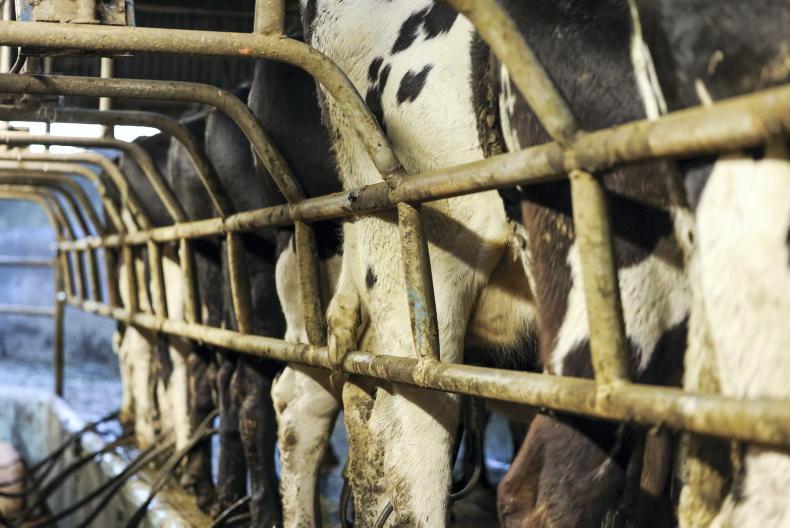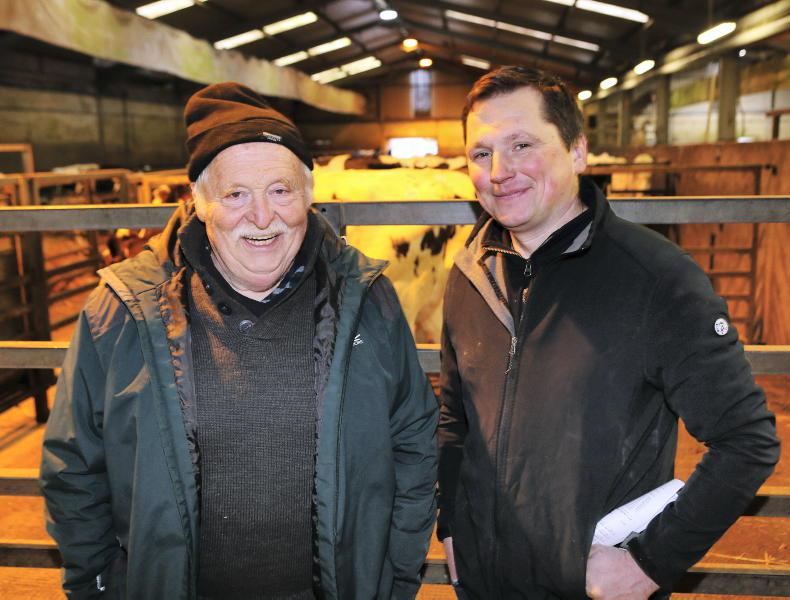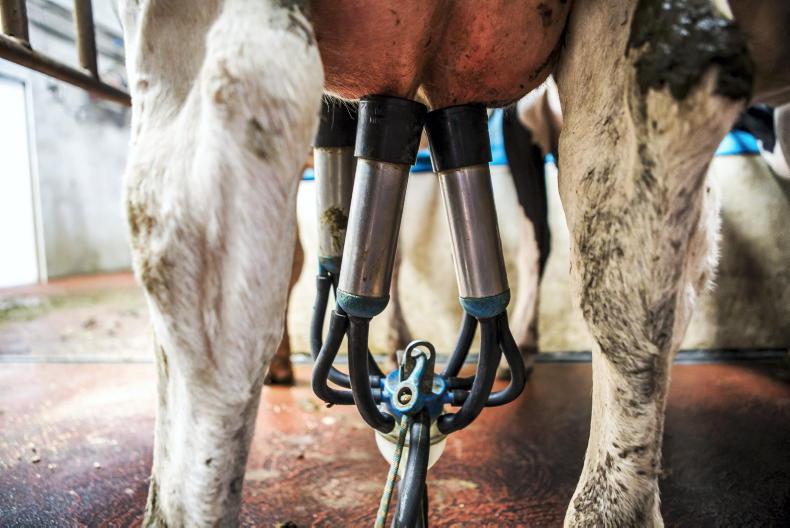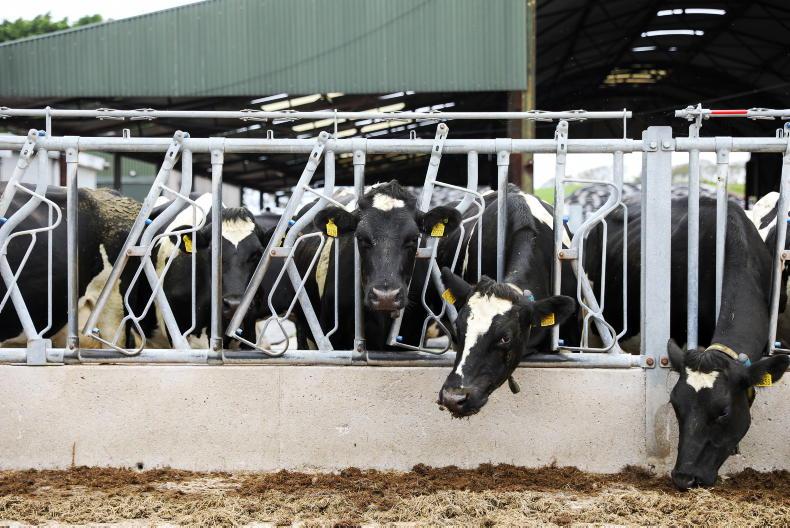The key requirement in sustainability schemes launched by both Lakeland and Dale Farm is a completion of a carbon audit by each supplier.
It is added hassle, but as pointed out last week, something that is both legally required and necessary to get future farm support payments.
What is potentially easily missed in both schemes are new targets, which include a 30% reduction in the carbon footprint of milk processed by both co-ops by 2030.
Given leading scientists suggest the best that can be achieved (utilising all current technologies) is a 23% reduction of agriculture emissions, a 30% target does look incredibly ambitious.
Yet the dairy industry has reduced carbon footprint of NI milk per litre by 37% since 1990, so surely this progress can continue.
However, it has been achieved by driving output per cow, with average yields increasing from around 5,000l in 1990 to 7,800l in 2020, while concentrate fed has increased from around 1t to over 2.5t per cow.
It is worth noting the comments made by DAERA’s head of food and farming group, Norman Fulton, at a recent event where he was clear that we cannot just focus on driving down emissions per litre of milk or kg of meat.
The point Fulton makes is that housing cattle for longer periods, feeding more concentrate and creating more slurry inevitably has implications for the likes of water quality and ammonia emissions in NI.
While there is nothing wrong with setting exacting targets, we must be careful we don’t end up on a path towards a few hundred large scale, intensive farms, with everyone else little more than park-keepers.
We also have to keep fighting for a fair system of measurement. It must allow for carbon sequestered in our soils, hedges and trees (net emissions) and recognise that carbon dioxide from methane released by ruminants is part of a natural cycle which is fundamentally different to carbon dioxide from fossil fuels.
Read more
‘Hugely ambitious’ for 23% cut in UK farm emissions
Stark alternative to farm carbon audits
The key requirement in sustainability schemes launched by both Lakeland and Dale Farm is a completion of a carbon audit by each supplier.
It is added hassle, but as pointed out last week, something that is both legally required and necessary to get future farm support payments.
What is potentially easily missed in both schemes are new targets, which include a 30% reduction in the carbon footprint of milk processed by both co-ops by 2030.
Given leading scientists suggest the best that can be achieved (utilising all current technologies) is a 23% reduction of agriculture emissions, a 30% target does look incredibly ambitious.
Yet the dairy industry has reduced carbon footprint of NI milk per litre by 37% since 1990, so surely this progress can continue.
However, it has been achieved by driving output per cow, with average yields increasing from around 5,000l in 1990 to 7,800l in 2020, while concentrate fed has increased from around 1t to over 2.5t per cow.
It is worth noting the comments made by DAERA’s head of food and farming group, Norman Fulton, at a recent event where he was clear that we cannot just focus on driving down emissions per litre of milk or kg of meat.
The point Fulton makes is that housing cattle for longer periods, feeding more concentrate and creating more slurry inevitably has implications for the likes of water quality and ammonia emissions in NI.
While there is nothing wrong with setting exacting targets, we must be careful we don’t end up on a path towards a few hundred large scale, intensive farms, with everyone else little more than park-keepers.
We also have to keep fighting for a fair system of measurement. It must allow for carbon sequestered in our soils, hedges and trees (net emissions) and recognise that carbon dioxide from methane released by ruminants is part of a natural cycle which is fundamentally different to carbon dioxide from fossil fuels.
Read more
‘Hugely ambitious’ for 23% cut in UK farm emissions
Stark alternative to farm carbon audits










SHARING OPTIONS